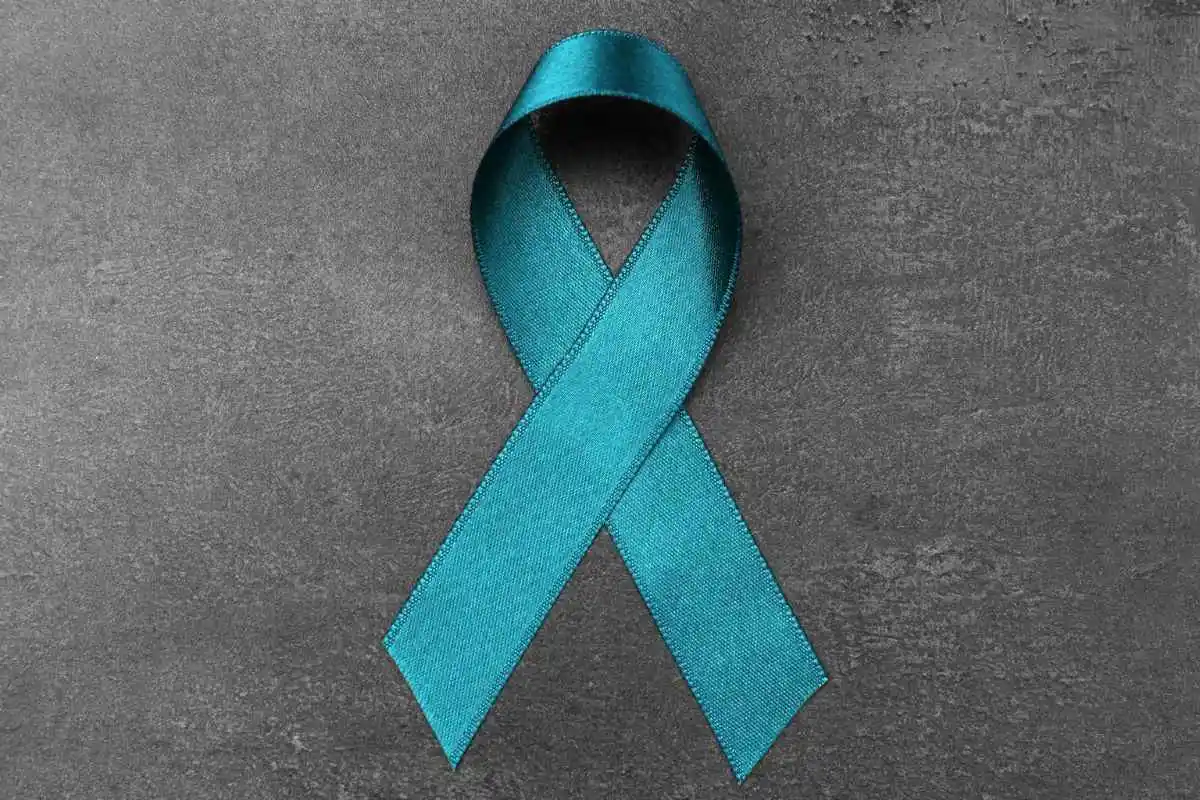
Cervical Cancer
The HPV vaccine plays an important role in preventing various types of cancers, such as cervical, anal, and oropharyngeal cancers. Additionally, it acts as a protective shield against certain virus strains associated with female infertility. The government’s recent announcement of providing free cervical cancer vaccines for girls aged 9 to 14 years is an important initiative coming at a crucial time. Cervical cancer, which is the fourth leading cause of death globally, reaffirms the prevalence and importance of measures to prevent it, one must also know the symptoms for the same. This step is not only a solution to a worrying global health statistic, but it also reflects a proactive approach by the government to this pandemic that shows its determination to contain the impact of this difficult health challenge. By prioritizing vaccination for young girls, this initiative shows that it is dedicated to reducing the burden of cervical cancer and working towards a healthier future for the nation.
Cervical cancer occurs when there are changes in the growth of cells associated with the cervix. The lower part of the cervix, which is connected to the genitals, has an increasing number of cells.
These are mostly associated with various strains of cervical cancer.
Individuals are advised to have screening tests and receive a vaccine to reduce the risk of cervical cancer. When cervical cancer is diagnosed, initial treatment usually involves surgery to remove the cancer. And further treatment options may include drugs to destroy cancer cells, such as chemotherapy and targeted therapy. Nuclear beam therapy, using powerful energy radiation, may sometimes be combined with low-dose chemotherapy.
Symptoms
Cervical cancer may not have obvious symptoms for quite some time before it first appears. However, as cancer progresses, individuals may experience signs such as:
- Sexual bleeding after sex, between periods or post-menopause.
- Menstruation being abnormally heavy and lasting a long period.
- Watery, bloody sexual discharge, which is often odorless and with an unpleasant odor.
- Pelvic pain or discomfort, including pain during sex.
Reasons
Cervical cancer begins when the healthy DNA of cells changes. DNA, which is the instructions for a cell, guides its activities. These changes allow the cells to rapidly increase in number while remaining part of their natural life cycle, leading to excessive cell proliferation. These cells can form what is called a tumor, which destroys healthy body tissues.
Has the ability to destroy and destroy. Over time, these cells may move and spread to other body areas.
The leading cause of cervical cancer is human papillomavirus (HPV), a common virus transmitted through sexual contact. While for many people the virus never causes problems, it usually goes away on its own. For some people, however, the virus can cause changes in cells that may lead to cancer.
Also Read: Understanding Perils of Cervical Cancer: Insights from Experts
Types of Cervical Cancer
Cervical cancer appears in several types, classified based on the type of cell in which the cancer originates. The major types of cervical cancer are:
- Squamous cell carcinoma: It originates in thin, sticky cells on the outer part of the cervix, called squamous cells. Most cervical cancer is squamous cell carcinoma.
- Adenocarcinoma: This type of cervical cancer originates in the columnar gland cells of the cervical canal.
Sometimes, cervical cancer may involve both types of cells. Very rarely, cancer can develop in other cervical cells.
Risk factor
Risk factors for cervical cancer may include:
- Smoking tobacco cigarettes: Smoking tobacco increases the risk of cervical cancer. When a person gets an HPV infection while smoking, the duration of this infection is longer and it never goes away independently. HPV is the main cause of cervical cancer.
- Multiple sexual relationships: The greater the number of sexual relationships between you and your partner, the more likely you are to get HPV.
- Earliness of sexual activity: Having sex at an early age may increase your risk of HPV.
- Other sexually transmitted infections: Other sexually transmitted infections, also known as STIs, gonorrhea, syphilis, and HIV/AIDS, can increase the risk of HPV.
- Weak Immune System: If your immune system is weak due to another health condition and you have HPV, you may have a higher risk of developing cervical cancer.
- Exposure to an abortion prevention drug: If your parents were exposed to a drug called an abortion prevention drug, also known as diethylstilbestrol (DES), your risk of cervical cancer may increase. This drug was used in the 1950s to prevent abortion. It is associated with a type of cancer called clear cell adenocarcinoma.
Prevention
The following preventive measures should be considered to reduce the risk of cervical cancer:
- HPV vaccine: Contact your doctor and be carefully examined to get the HPV vaccine to reduce the risk of cervical cancer and other HPV-related cancers.
- Regular Pap tests: Regular Pap tests are important to identify early conditions so that cervical cancer can be monitored or treated to prevent them. Have regular Pap tests from the age of 21 and repeat them at regular intervals.
- Safe sexual conduct: Practice safe sexual conduct, such as using condoms regularly and reducing the number of sexual partners, to prevent sex addiction.
- Avoid tobacco: Avoid smoking, and if you currently smoke, consult a health professional to quit.
- Adopt a nutritious diet: Adopt a nutritious diet like fruits and vegetables, leaves, vegetables, and plants. Tailor your diet to smaller high-calorie foods and lean smoothies.
- Moderate amount of alcohol: If you choose to drink alcohol, do so in moderation or avoid it altogether. Excessive alcohol consumption can increase the risk of various types of cancer, such as breast, colon, lung, kidney, and liver.
To read more such news, download Bharat Express news apps


















